The Potential of Silver Nanoparticles for Antiviral and Antibacterial Applications: A Mechanism of Action
Abstract
Rapid development of nanotechnology has been in high demand, especially for silver nanoparticles (AgNPs) since they have been proven to be useful in various fields such as medicine, textiles, and household appliances. AgNPs are very important because of their unique physicochemical and antimicrobial properties, with a myriad of activities that are applicable in various fields, including wound care management. This review aimed to elucidate the underlying mechanisms of AgNPs that are responsible for their antiviral properties and their antibacterial activity towards the microorganisms. AgNPs can be synthesized through three different methods-physical, chemical, and biological synthesis-as indicated in this review. The applications and limitations of the AgNPs such as their cytotoxicity towards humans and the environment, will be discussed. Based on the literature search obtained, the properties of AgNPs scrutinizing the antibacterial or antiviral effect shown different interaction towards bacteria which dependent on the synthesis processes followed by the morphological structure of AgNPs.
Keywords: antimicrobials; antiviral; cytotoxicity; mechanism of action; nanotechnology; silver nanoparticles.
1. Introduction


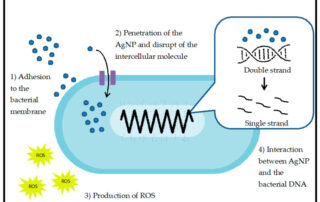
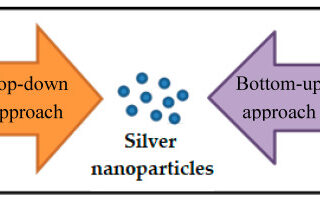
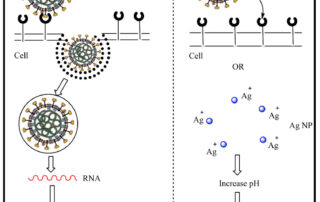
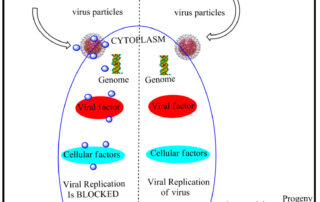


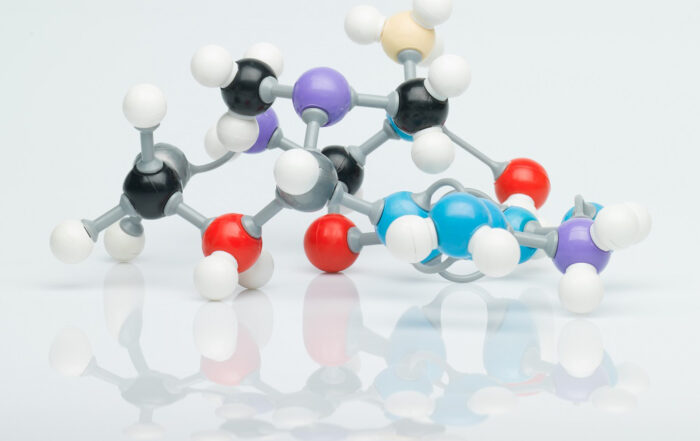

Leave A Comment